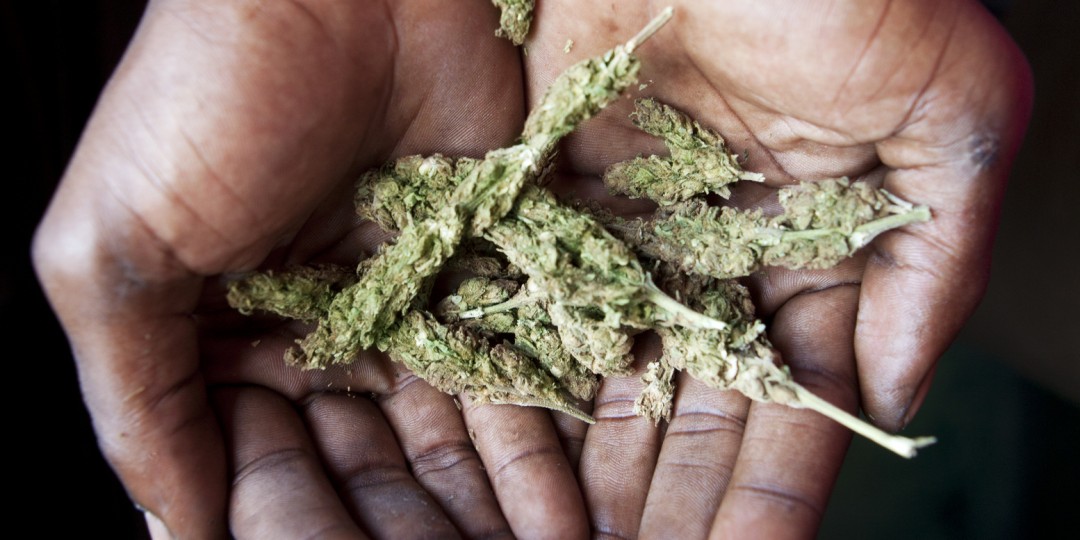News Americas, NEW YORK, NY, Fri. April 13, 2018: The U.S. government has named five Caribbean countries as “major illicit drug producing countries and/or drug-transit countries” in its latest State Department International Narcotics Control Strategy Report.
The five are: Jamaica, The Dominican Republic, The Bahamas, Belize and Haiti.
JAMAICA
Jamaica, according to the US report, is the largest Caribbean supplier of marijuana to the United States and a significant transit point for cocaine trafficked from South America to North America and other international markets.
The report also said that traffickers likewise export Jamaican-grown marijuana to other Caribbean countries in return for illicit firearms and other contraband.
“Illicit drugs are also a means of exchange for illegally-trafficked firearms entering the country, exacerbating Jamaica’s security situation,” the report stated.
THE DOMINICAN REPUBLIC
The US State Department says the Dominican Republic is the top transshipment hub for cocaine passing through the Caribbean. The U.S. government estimates approximately six percent of the cocaine bound for North America and Europe transits through the Dominican Republic.
Maritime routes, involving the use of “go-fast” boats and commercial containers, continue to be the primary method of smuggling drugs into and out of the country, the US report said, adding that the country is experiencing an increase in drug-related violence, especially as local groups engage in violent turf battles to control domestic drug distribution.
THE BAHAMAS
The US report says while The Bahamas is not a significant drug producing country, it remains a transit point for illegal drugs bound for the United States and other international markets. The close proximity of The Bahamas to the coast of Florida, as well as its location on Caribbean transshipment routes, makes it a natural conduit for drug smuggling. The 700 islands and cays of The Bahamas, the vast majority of which are uninhabited, provide near-ideal conditions for smuggling, the report said. Additionally, The Bahamas boasts 10 international airports, 56 airstrips, and more than 80 marinas, allowing smugglers to readily blend in among numerous pleasure craft traveling throughout the Bahamian archipelago, and strengthening organized crime syndicates and gang activity, the US said.
HAITI
Haiti is not a significant producer of illicit drugs for export, although some cannabis is cultivated for local consumption, the US said. But Haiti remains a transit point for cocaine originating in South America and marijuana originating in Jamaica, traversing the country’s porous borders en route to the United States and other markets, according to the report. Traffickers take advantage of Haiti’s severely under-patrolled maritime borders, particularly on the northern and southern coasts, the report added.
BELIZE
Belize, according to the US, remains a transit country for illicit drugs destined for the United States from source countries in South America. Belize is susceptible to the transshipment of illegal drugs due to its position along the Central American isthmus, relatively uninhabited terrain, and the hundreds of cayes (small islands) off its coast. Drug trafficking organizations use air routes over Belize to smuggle illicit drugs, the report said.
According to Belizean authorities, marijuana is the most prevalent illicit drug used in Belize even as the Belizean national legislature decriminalized personal possession of 10 grams or less of marijuana on November 2, 2017, though it remains a crime to cultivate or sell the drug.
MAJOR ILLICIT DRUG NATIONS DEFINED
According to the US government, a major illicit drug producing country is one in which 1,000 hectares or more of illicit opium poppy and illicit coca is cultivated or harvested during a year; or 5,000 hectares or more of illicit cannabis is cultivated or harvested during a year.










